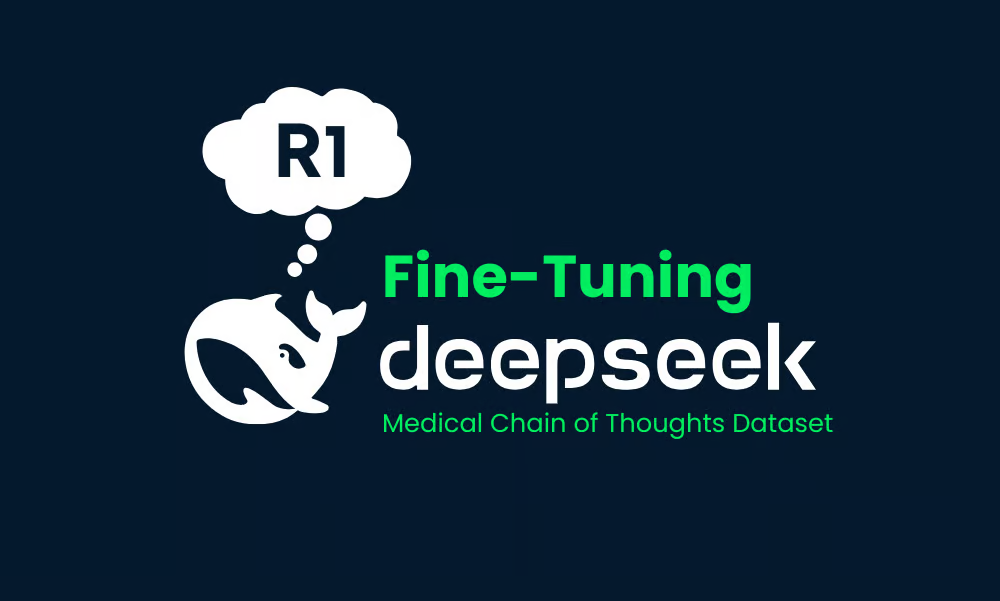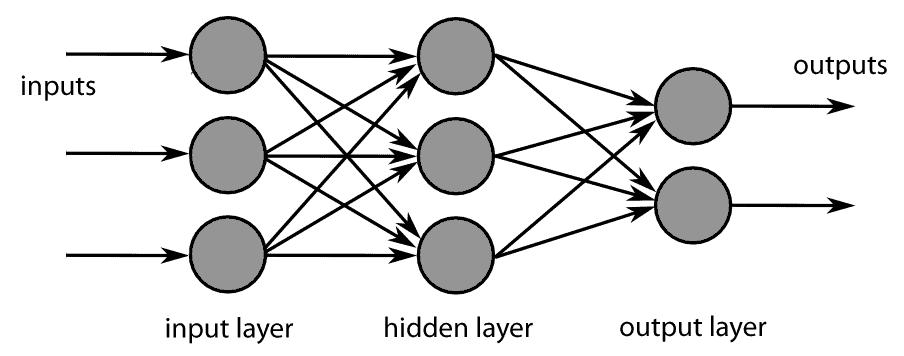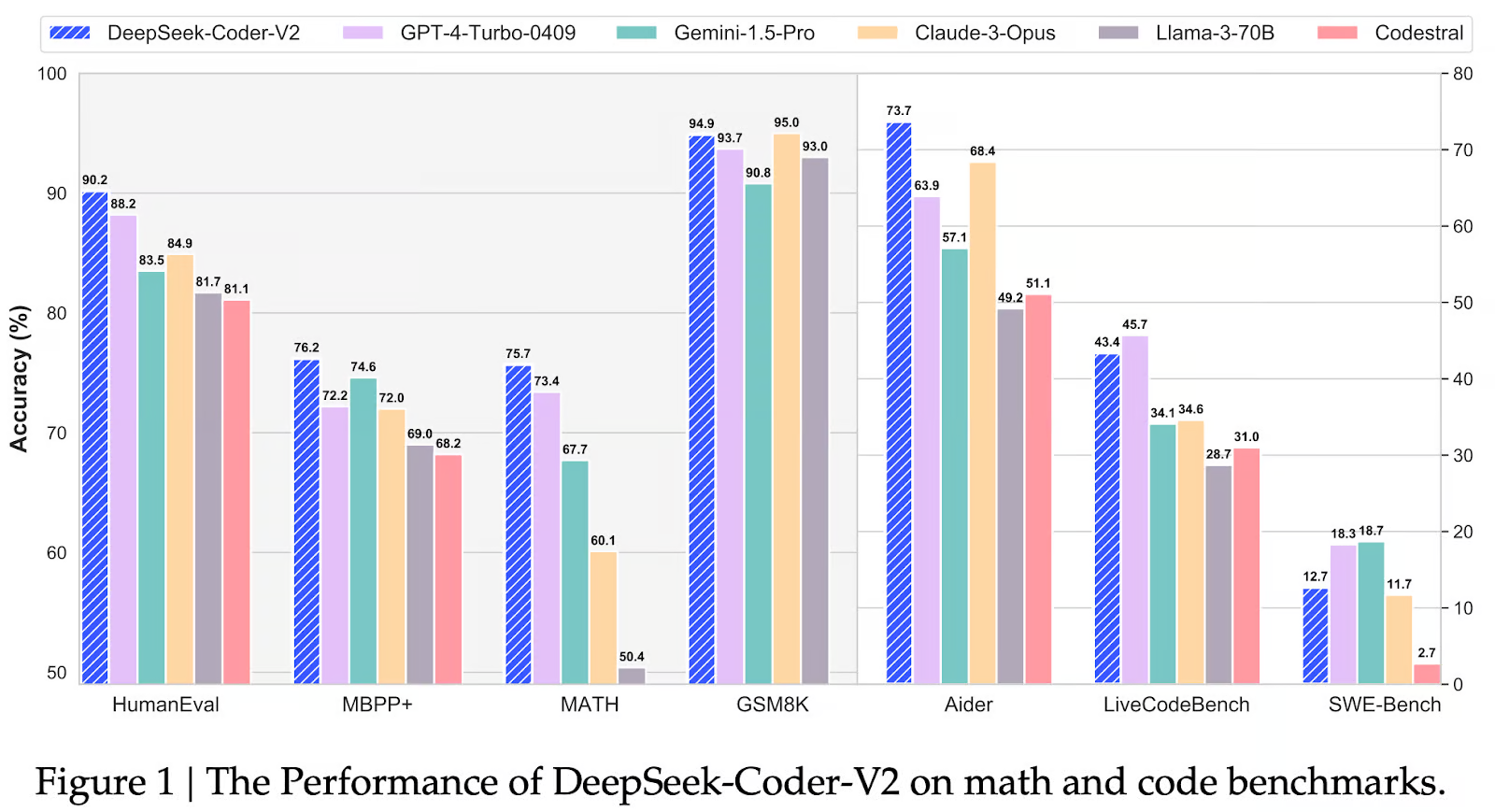What is Neural Networks
NN is a computational model inspired by the brain for machine learning to recognize patterns and make decisions.
Neural networks (NNs) are computational models inspired by the interconnected neuronal structure of the human brain. They are the basis for many of today’s machine learning algorithms, enabling computers to recognize patterns and make decisions based on data.
Neural Networks Explained
A neural network is a series of algorithms designed to recognize patterns and relationships in data by mimicking the way the human brain operates. Let’s break it down:
The core of a neural network is made up of neurons, which are basic units similar to brain cells. These neurons receive input, process it, and produce output. They are organized into different layers: an input layer that receives data, several hidden layers that process this data, and an output layer that provides the final decision or prediction.
The adjustable parameters within these neurons are called weights and biases. As the network learns, these weights and biases are adjusted to determine the strength of the input signal. This tuning process is similar to the network’s evolving knowledge base.
Before training begins, certain settings, known as hyperparameters, need to be adjusted. These settings determine factors such as learning speed and training duration. They are similar to setting up a machine for optimal performance.
During the training phase, the network acquires data, makes predictions based on its current knowledge (weights and biases), and then evaluates the accuracy of its predictions. This evaluation is done using a loss function that acts as a scorekeeper for the network. After making a prediction, the loss function calculates the deviation of the prediction from the actual result, and the main goal of training is to minimize this “loss” or error.
Backpropagation plays a key role in this learning process. Once the error or loss is identified, backpropagation helps to adjust the weights and biases to minimize the error. It acts as a feedback mechanism to identify which neurons contribute the most to the error and improve them for better future prediction.
Techniques such as “gradient descent” are used to efficiently adjust the weights and biases. Imagine navigating a hilly terrain where your goal is to find the lowest point. The path you take always moves towards the lower point, which is guided by gradient descent.
Finally, an important component of a neural network is the activation function. This function decides whether or not the neuron should be activated based on a weighted sum of the neuron’s inputs and deviations.
To visualize the whole process, we can imagine a neural network trained to recognize handwritten digits. The input layer receives an image of a handwritten digit, processes that image through its layers, makes predictions and refines its knowledge until it can confidently recognize the digit.
What are neural networks used for?
Neural networks have a wide range of applications such as:
Image recognition. platforms such as Facebook use neural networks to perform tasks such as photo tagging. By analyzing millions of images, these networks can identify and tag individuals in photos with amazing accuracy.
Speech recognition. virtual assistants such as Siri and Alexa use neural networks to understand and process voice commands. By training on large datasets of human speech from a variety of languages, accents, and dialects, they can understand and respond to user requests in real time.
Medical Diagnostics. In healthcare, neural networks are revolutionizing diagnostics. By analyzing medical images, neural networks can detect abnormalities, tumors, or diseases, often with higher accuracy than human experts. This is especially valuable in early disease detection, potentially saving lives.
Financial forecasting. Neural networks analyze large amounts of financial data (from stock prices to global economic indicators) to predict market movements and help investors make informed decisions.
While neural networks are powerful, they are not a one-size-fits-all solution. Their strength lies in handling complex tasks that involve large data sets and require pattern recognition or predictive capabilities. However, for simple tasks or problems with limited data, traditional algorithms may be more appropriate. For example, if you are sorting a small string of numbers or searching for a specific item in a short list, a basic algorithm will be more efficient and faster than building a neural network.
Types of neural networks
There are several different types of neural networks that are designed for specific tasks and applications, for example:
Feedforward Neural Networks. This is the simplest type, where information flows in only one direction.
Recurrent Neural Networks (RNN). They have loops to achieve information persistence.
Convolutional Neural Network (CNN). Mainly used for image recognition tasks.
Radial Basis Function Neural Networks. Used for function approximation problems.
What are the benefits of neural networks?
Adaptability. They can learn and make independent decisions.
Parallel processing. Large networks can process multiple inputs simultaneously.
Fault Tolerant. Even if a part of the network fails, the whole network can still function.
What are the limitations of neural networks?
Data Dependency. They require large amounts of data to function effectively.
Opacity. Often referred to as “black boxes” because it is difficult to understand how they arrive at specific decisions.
Overfitting. They sometimes memorize data instead of learning from it.
Neural Networks and Deep Learning
While all deep learning models are neural networks, not all neural networks are deep learning. Deep learning refers to neural networks with three or more layers. These neural networks attempt to mimic the behavior of the human brain – allowing the brain to “learn” from large amounts of data. While single-layer neural networks can make approximate predictions, additional hidden layers can help improve accuracy. Check out our guide to Deep Learning and Machine Learning in another article.
A Beginner’s Guide to Building Neural Network Projects
I was first introduced to neural networks a few years ago when I took a deep learning course. I learned how to build my own image classifiers with just a few lines of code and was surprised to find that these algorithms could accurately classify images.
Today, things have changed and it has become much easier for beginners to build state-of-the-art deep neural network models using deep learning frameworks like TensorFlow and PyTorch. You no longer need a PhD to build powerful AI.
Here are the steps to build a simple convolutional neural network for classifying cat and dog photos:
Get a dataset of labeled cat and dog images from Kaggle.
Use Keras as a deep learning framework. I believe it is easier for beginners to understand than PyTorch.
Import Keras, scikit-learn and data visualization libraries like Matplotlib.
Load and preprocess images using the Keras utility.
Visualize data – images, labels, distributions.
Expand data by resizing, rotating, flipping, etc.
Build a convolutional neural network (CNN) architecture in Keras. Start simple.
Compile the model by setting the loss function, optimizer, and metrics to monitor.
Train the model for several iterations (periods) to fit the data.
Evaluate the model accuracy on a test set.
If needed, use a pre-trained model (such as ResNet) or add layers to improve accuracy.
Save and export the trained Keras model.
Advanced frameworks like TorchVision, Transformers, and TensorFlow make it easy for even beginners to build image classifiers. With a small labeled dataset and Google Colab, you can start building AI computer vision applications.
Want to learn more about AI and machine learning? Check out the resources below:
What is Machine Learning?
Frequently Asked Questions
How do neural networks “learn”?
Through a process called backpropagation and iterative optimization techniques such as gradient descent.
Are neural networks the future of artificial intelligence?
They are an important part of the future of AI, but not the only part. Other techniques and algorithms are also crucial.
Why compare neural networks to the human brain?
Because they are inspired by the structure and function of the human brain, especially the interconnections of neurons.
Can neural networks make decisions on their own?
No, they make decisions based on trained data and recognized patterns.
Related posts





